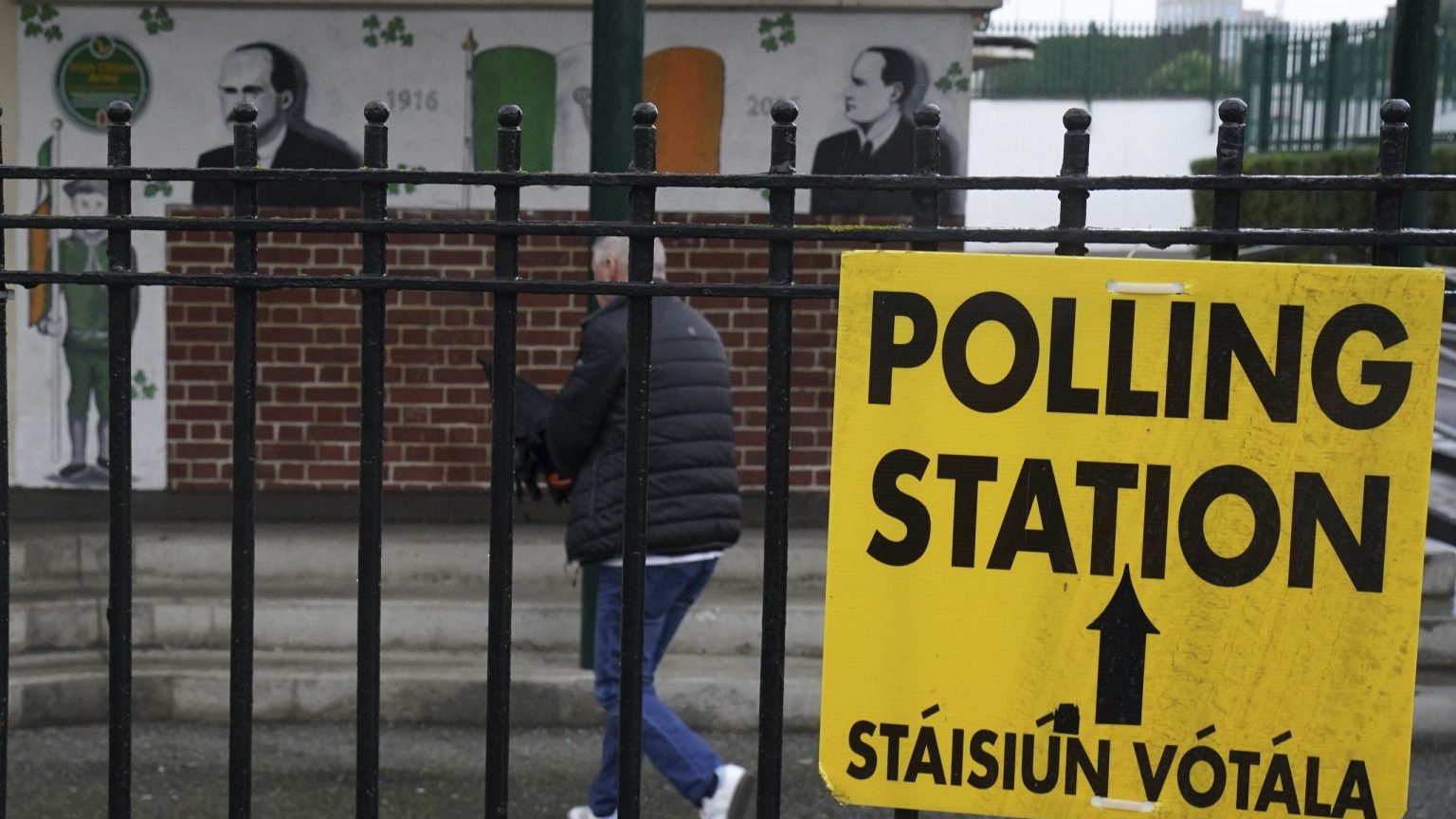Irish exit polling has indicated that center-right parties Fine Gael and Fianna Fáil may form a coalition government, although vote counting continues. The Ipsos B&A poll, which surveyed 5,018 voters, showed Fine Gael with 21% support as the first choice, while Fianna Fáil garnered 19.5%. With 174 seats in the Dáil, Ireland’s lower house of Parliament, the two parties, previously in coalition, will need support from smaller parties or independents to establish a majority. In comparison, left-wing party Sinn Féin had a surprisingly close 21.1% support, indicating a competitive electoral landscape. The current situation suggests that negotiations to establish a new government could extend for several weeks as European political dynamics shift with geopolitical developments.
Sinn Féin’s standing reflects a remarkable transformation in Irish politics. The party made a significant breakthrough in the 2020 election, emerging as the most popular but was excluded from governing due to historical associations and its leftist platform. Despite Sinn Féin potentially becoming the largest party in Dáil Éireann, their pathway to forming a government looks challenging. Both Fine Gael and Fianna Fáil have consistently rejected the idea of forming a coalition with them, which complicates their aspiration to lead the country. Political analysts predict that Fianna Fáil could secure up to 48 seats, while Fine Gael might get around 39, putting the duo close to the critical 88-seat threshold.
The process of coalition formation in Ireland is historically intricate, often requiring alignment among several parties to acquire a governing majority. Center-left parties such as Labour and the Social Democrats are seen as potential allies for Fine Gael and Fianna Fáil, each potentially winning eight seats. The future of Sinn Féin is particularly pivotal; should they gain power, they may push for a referendum on Irish reunification, which could have profound implications for both the Republic of Ireland and the United Kingdom. Sinn Féin leader Mary Lou McDonald celebrated the evolving political dynamics, asserting that traditional two-party politics is being replaced by a more diverse system.
Proportional representation complicates the prediction of rightful governance, requiring voters to rank candidates, which influences the final seat allocations in constituencies nationwide. While exit polls provide initial insights, the accumulation of official results will take time. Analysts have noted that the key themes during the campaign focused heavily on the cost of living, with Ireland grappling with a critical housing crisis, as well as issues related to migration, reflecting broader societal challenges faced by the nation.
As the election results unfold, there is speculation about the potential continuity of the Fine Gael-Fianna Fáil coalition government, predominantly favored prior to polling day. Current Taoiseach Simon Harris and Fianna Fáil leader Micheál Martin are among the front-runners for continued leadership despite their parties’ underwhelming performance. Their re-election alongside many of their colleagues indicates a certain degree of public trust, even as European governments face considerable pressure due to pandemic impacts and economic instability.
Among the candidates is a notable group of independents, including controversial figures like Gerry “the Monk” Hutch, who seeks to capitalize on newfound popularity after being released on bail from money-laundering charges. This adds another layer of unpredictability to the election’s outcome. Ultimately, while the initial trends show potential for incumbents to hold their ground, the outcome of negotiations and the final results in the next few weeks will shape Ireland’s political landscape considerably as they navigate through local and global challenges.

